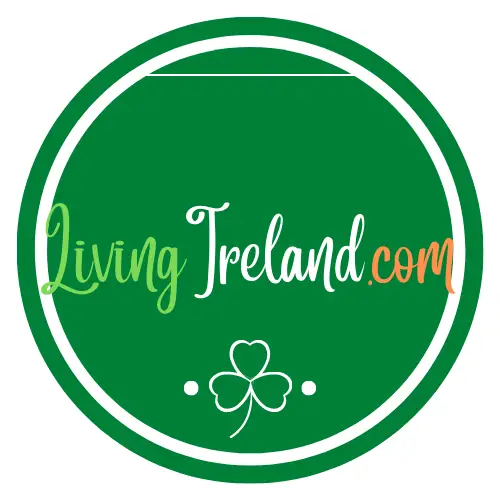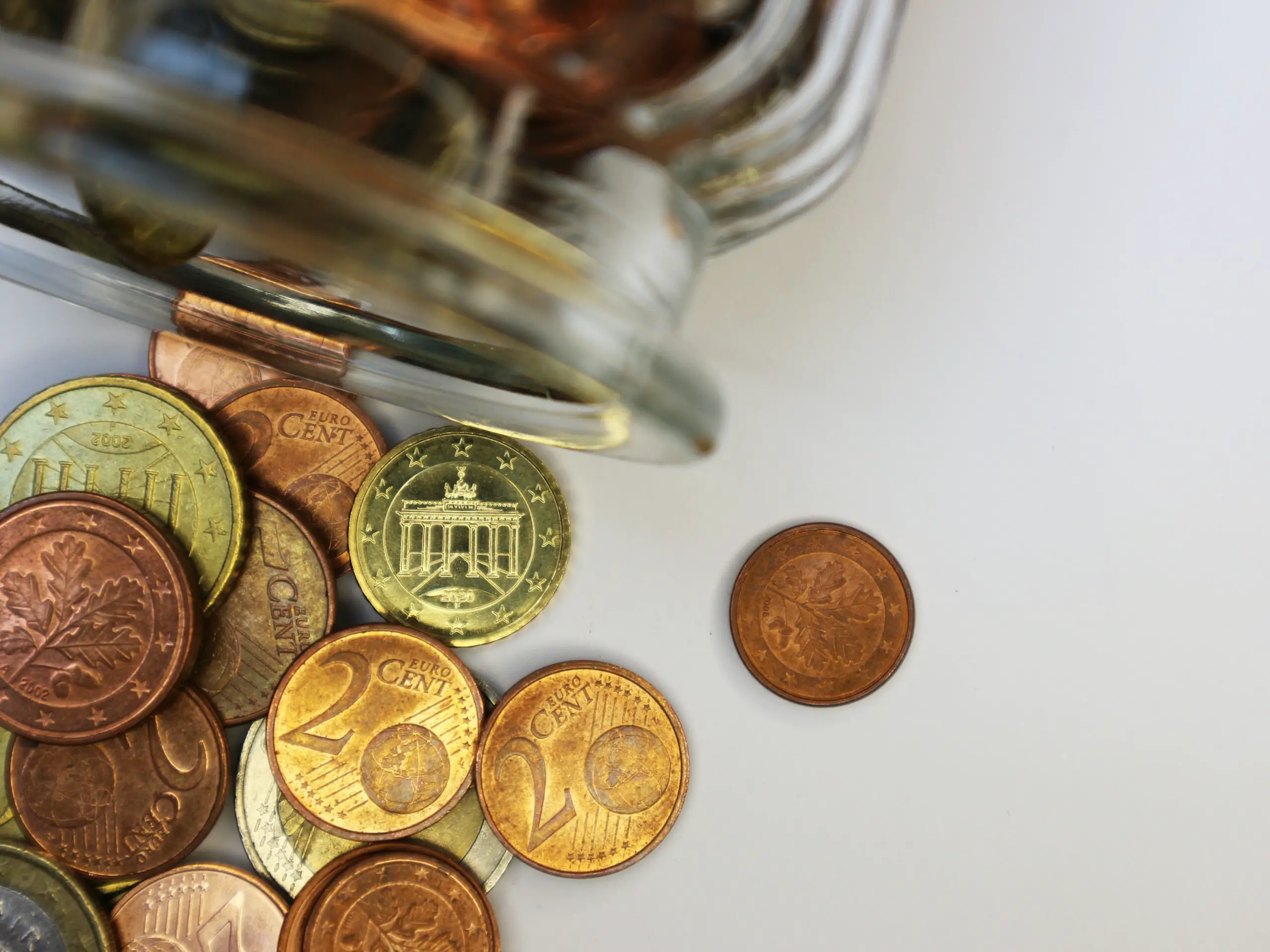If you’re looking to take a trip to Ireland, you may be wondering what the currency is.
Well, that depends on whether you’re going to the Republic of Ireland or Northern Ireland.
What is the Currency in Ireland?
The Republic of Ireland uses the euro (symbol € and the currency code EUR). However, Northern Ireland uses the pound sterling (symbol £ and currency code GBP) because it is part of the United Kingdom. In some border regions, you may be able to use currencies interchangeably. The shops that do this will use their own exchange rate and return change in the local currency.
The Evolution of Irish Money
10th Century
There were a number of different coins being used in Ireland before the Vikings, including Anglo-Saxon, western European and Islamic currency from central Asia. The first currency was issued by Viking King Sihtric III (Silkbeard) and came from the Vikings in Dublin.
12th Century
The currency from the 12th Century reflects the ceding of power to the English crown. Irish coins were minted in locations like Kilkenny, Limerick and Carrickfergus and were easily distinguishable from their English equivalents. The weight, design and shape was different (a triangle instead of a circle), and they also had the reigning monarch’s head.
14th Century
Barely any Irish coins were minted between 1310 and 1460, mainly because of the power of the Normans waning. In 1348, the black death arrived, and the Normans were hit the hardest by it due to their living conditions and the minting of coins fizzled out.
15th and 16th Century
In this time, the highest value coin was known as the groat, and was valued at four pence. The coins were used in Dublin, Cork, Limerick, and in some towns, such as Drogheda.
King Henry VIII of England decided Ireland needed conquering in the 1530s. He did not want the island to rebel or invade England. Once he declared himself the King of Ireland, new coins were launched to feature the Celtic harp. These appear on Irish Euro coins today.
16th and 17th Century
The British crown governments carried out a type of colonization known as Plantations. Irish Catholic landowners were forcibly removed, and their property was confiscated. Brutal methods were used to attempt to convert the Catholic to the Protestant religion, which caused many wars.
During the Cromwellian Wars (1649–53), any piece of metal was stamped with a date and used as currency.
King James II (in the 1680’s) issued copper coins made from melted down cannons and church bells. This was removed from circulation after James II’s loss to William of Orange at the Battle of the Boyne (1690).
18th and 19th Century
After the rebellion of 1798, the Act of Union was introduced. From 1 January 1801, this created a new political entity called the United Kingdom of Great Britain and Ireland. In 1826, Ireland’s coins became valueless, for the next century they used British sterling. British currency was the only currency used until Ireland established its own tender in 1928.
20th Century
After the Irish War of Independence (1919-1921), 26 of Ireland’s 32 counties became the independent Irish Free State. The Irish Free State began to issue its own currency in 1928. Originally known as the Saorstát (Free State) pound, but after 1938, it became known simply as the Irish pound (or the punt).
English currency circulated around Ireland until the 1970s, and the currencies finally separated in 1979. This was when the European Monetary System was introduced, where Ireland decided to join and the UK didn’t.
In 1979 new notes were issued, which featured people from history and mythology along with inscriptions in both English and Irish.
21st Century: Ireland and the Euro
On the 1st of January in 1999, the Irish pound was replaced by the Euro. However, this only existed in cashless-form and in accounting. In preparation for the finance changeover in 2022, households were given an electronic converter and a Euro Handbook. Within one week, around 90% of cash transactions were being carried out with Euros.
Using a Bank Card in Ireland
Bank cards are accepted all around Ireland. However if you’re visiting rural areas, you may need to bring cash. Do your research on the bank fees you may incur for using your card for foreign transactions. You may be asked whether you want to pay in the local currency or your home currency while paying with a card. Ask for the local currency, as the exchange rates are much better.
Visa and Mastercard are accepted, however, American Express is not accepted in as many places as the others. Credit cards can be used for purchases and to withdraw cash, but you are usually charged a fee. You can also withdraw cash from ATMs with your Mastercard or Visa debit card (fees are usually cheaper than when using credit cards).
If you’re traveling to Ireland, the money you’ll need will depend on what part of Ireland you plan on attending. You can also use bank cards and credit cards in Ireland, but if you’re planning on venturing out to rural areas, you may want to ensure you’re carrying some cash.

